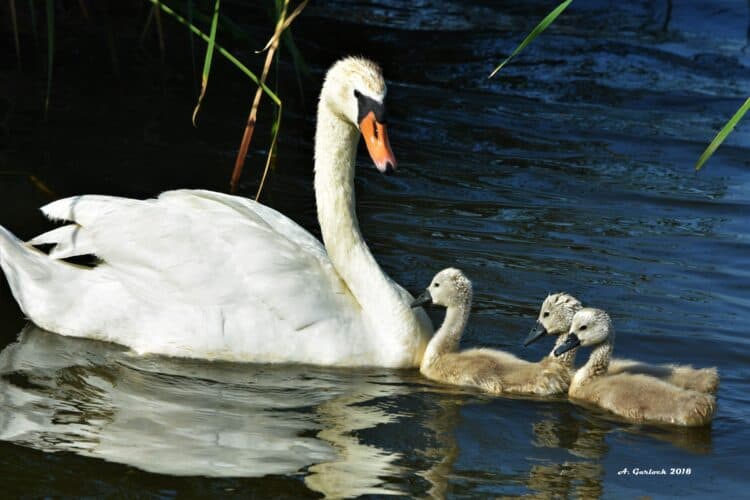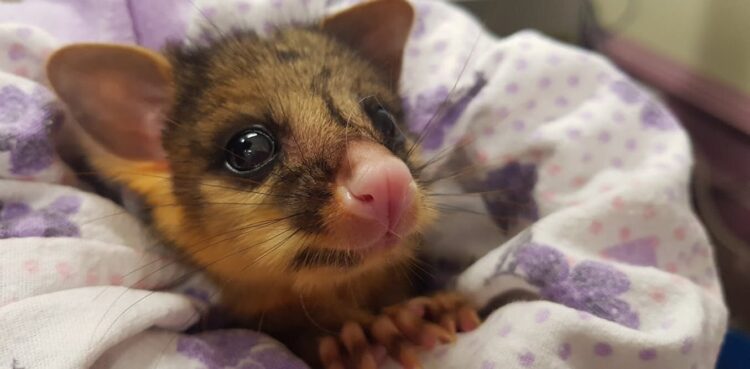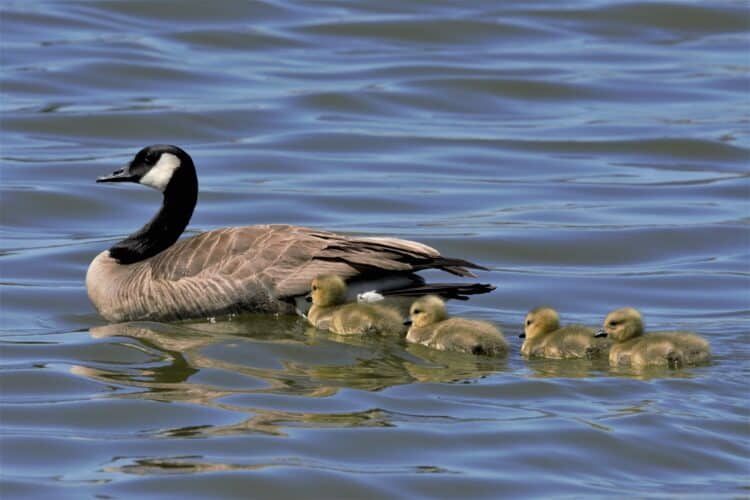After anti-government protesters took over Oregon’s Malheur National Wildlife Refuge earlier this month to support two ranchers convicted of arson, it emerged that the convicts, Steven and Dwight Hammonds, had received thousands of dollars in financial support from the federal government.
The public aid included the killing of five coyotes by a US Department of Agriculture (USDA) agent on Steven Hammonds’s ranch, to the tune of more than $11,000, according to documents obtained by Reveal News.

Five coyotes might not sound like much, but the revelation shed new light on Wildlife Services, a federal agency long mired in controversy for what critics charge is excessive and indiscriminate killing of millions of animals and birds on public land at the behest of ranchers and farmers.
Wildlife Services is part of the USDA’s Animal and Plant Health Inspection Service and works to “resolve wildlife conflicts to allow people and wildlife to co-exist”. That includes removing invasive species and nuisance animals that cause ecological destruction or pose a public safety threat. But a large part of its mission is to prevent predators like wolves, coyotes and mountain lions from harming livestock.
The agency’s defenders say it provides a necessary service. According to the National Agricultural Statistics Study, sheep and lamb lost to predators in 2009 cost ranchers $20.5m. In 2010, predators cost the cattle industry $98.5m and accounted for 5.5% of total mortality.
But conservationists, animal rights advocates and even some ranchers question why the American public is footing the bill for an agency serving largely private interests. The agency employs techniques that can harm a broad array of wildlife. Furthermore, recent research shows that lethal predator controls often have limited effectiveness.
The five coyotes killed on the Hammonds’ ranch were shot from the air between 2009 and 2013 at a cost of over $2,200 per animal.
“Knowing the science, it’s mindboggling that we still have a federal agency that’s killing over 100,000 native carnivores each year at taxpayer expense, largely at the behest of a small minority of ranchers,” says Camilla Fox, executive director of Project Coyote, a national organization that advocates for conservation and predator-friendly agriculture.
In 2013 alone, Wildlife Services killed more than 75,000 coyotes, more than any other animal. Critics charge that Wildlife Services operates with a “kill-first” approach that is inhumane and bad for the environment, frequently employing traps, snares and poison in addition to guns. They criticize the agency’s use of lethal controls as out of step with recent data about effective predator management, as well as the positive effects predators have on ecosystems.
Wildlife Services got its start under the Animal Damage Control Act of 1931. Over the decades, the agency has killed millions of predators, helping to eliminate gray wolves and grizzly bears in the lower 48 states.
Even in the early 20th century, conservationists criticized the federal government’s predator eradication programs. Starting in the 1960s, a growing chorus of voices raised concerns that indiscriminate killing was not only taking a toll on predators but on other native, and endangered, wildlife. Dozens of species of birds and animals, including bald eagles, river otters, black bears and antelope, have been accidentally shot, poisoned or caught in snares or steel traps meant for other animals.
But the 1931 act gave the agency broad authority and limited oversight. And ranchers who had long relied on the agency were often resistant to losing the service.
“That paradigm – that expectation of ranchers that the federal government is going to control predators at their behest, has been an expectation for generations,” says Fox. “It’s deeply ensconced in the culture.”
No predator is killed in greater numbers than the coyote. Since the year 2000, the agency has killed close to a million. Wildlife Services defends the approach. In an email statement to the Guardian, spokesperson Pamela Boehland says that coyotes are responsible for the majority of livestock predations in the US and that it can be “very challenging to develop management tools that work long term” because coyotes are smart and adaptable.
“We encourage and promote the use of a variety of methods, both nonlethal and lethal, depending on how best we can address the type of damage encountered,” she said.
The agency may employ some nonlethal controls, but the vast majority of the time, predators are killed, according to Bradley Bergstrom, a biology professor at Valdosta University and member of the Project Coyote science advisory board. That policy contradicts recent research calling into question the benefit of managing coyotes and other predators in this manner.
Studies since the 1970s have shown that when members of a coyote pack are culled, others quickly fill the void. Females will start breeding right away and breed at a younger age, often producing larger litters. At the same time, opportunistic coyotes from outside the area will often quickly move into the vacant territory and are more likely to hunt livestock.
Within weeks, the coyote population can rebound. It’s a phenomenon Bergstrom likens to mowing the lawn: kill coyotes, and they’re likely to quickly grow back.
“Wildlife Services is almost defined by what they do with coyotes because they kill more coyotes than certainly any other predatory mammal,” says Bergstrom. “Yet their own studies have shown that there is no long term positive effect of doing this.”
A growing number of ranchers agree and are seeking ways to coexist with predators. Some do it because they recognize that killing predators is often a short term solution and not particularly cost-effective. Others reject lethal controls on ethical grounds. For some, it’s a combination of all these factors.
Kathleen and Brian Bean raise grass-fed lamb on the Lava Lake Ranch in Idaho, which operates on 24,000 acres of private land and over 900,000 acres of federal and state lands. The ranch rises from desert to grassland plains, eventually ascending into high mountain ecosystems.Advertisement
Brian Bean estimates that they lose about 3% of their stock to predators every year, the vast majority to coyotes and a few to wolves. But killing wolves and coyotes is not the ranch’s first line of defense. For one thing, says Bean, they have noticed that the presence of wolves tends to keep coyotes at bay. For another, they’ve established a variety of successful nonlethal methods to avoid attacks.
Humans are the number one deterrent to predators, says Bean. So the ranch employs shepherds to watch over the flocks at night and fire loud starter pistols to scare coyotes and wolves away. The number two deterrent is guard dogs, he says. The Beans use a breed known as Great Pyrenees, which are about the same size as an adult male wolf.
Fox lights, which emit a random, high-intensity flashlight beam over long distances, and special fencing made of brightly colored flag-like material also work well. But none of these deterrents can be used continually, says Bean. A key element of their control system is to alternate methods to avoid “habituation” – when the predator becomes too accustomed to a particular deterrent and is no longer scared off.
“We don’t use them when we don’t need them,” says Bean. “We rotate them. There’s no single magic bullet.”
Using these alternatives comes at a cost that is usually borne by the rancher. But the agency isn’t devoting many resources to encouraging new ways of controlling predators.
“Wildlife Services funds the lethal control methods, but they don’t fund the nonlethal,” says Fox. “That in and of itself disincentivizes nonlethal methods, and incentivizes the reliance on the federal government for predator control. The reliance on an agency for that kind of subsidy is really, really hard to counter.”
Ellly Pepper, a policy advocate for the Natural Resources Defense Council (NRDC), says the agency has recently undertaken positive steps by holding workshops that highlight nonlethal methods, and some ranchers with whom NRDC has worked are adopting such methods. But, she says, Wildlife Services need to provide more support – both technical and financial – to farmers and ranchers on the ground if they are serious about encouraging their use.
“We need Wildlife Services not only to provide these nonlethal methods, but to guide farmers and ranchers in how to use them,” says Pepper.
In recent years, there have been increasing calls to reform Wildlife Services, and activists have undertaken several legal actions in order to shine light on the agency’s practices.
In 2012, Representative Peter DeFazio, a Democrat from Oregon, requested an audit of the agency by the USDA inspector general’s office because of frequent complaints about Wildlife Services’ lack of transparency. He criticized the resulting report as lacking rigor and has since called for a further, independent audit.
In February of last year, five conservation groups sued the USDA for violating federal law while killing wolves, foxes and other predators in Idaho. They want the agency to devote more resources to nonlethal controls. Five months later, a coalition of conservation organizations and animal welfare groups took Mendocino County to court. They sued the Northern California county for failing to consider the environmental impacts of renewing its contract with Wildlife Services, and for not notifying residents as required under the California Environmental Quality Act. Both suits are still in court.
A third lawsuit brought by a coalition of conservation organizations in federal court last March sought to halt a Wildlife Services plan to increase the number of wolf killings in Washington State. The suit alleged the agency was violating federal law by not preparing an Environmental Impact Statement. The judge agreed.
“We hope this will lead to an opening up on Wildlife Services’ part in other decision they make, both in Washington [State] and throughout country, in terms of being honest with the public and federal government about the effects of their actions,” John Mellgren of the Western Environmental Law Center, which represented the plaintiffs, told the Guardian.
Conservation groups have long complained that the Wildlife Services environmental impact assessment, last updated in 1997, is outdated and based on decades-old science that doesn’t take into account the important role that predators play in healthy ecosystems. Down the road, Mellgren says, the Washington wolf case could end up influencing how Wildlife Services prepares its environmental impact analysis for coyote control.
Not everyone is so sure recent legal pressures will prompt reform of the agency, however.
“I’m deeply suspicious,” says Project Coyote’s Bergstrom, who doesn’t see the agency positioning itself to make broad changes. “They’ve been under a lot of pubic scrutiny in last few years, and they’re incredibly sensitive to that. The obvious thing they could do to quash some of that is do a couple of workshops, demonstrations and pilot projects but never make serious plans to morph their entire field operations.”
This article was first published by The Guardian on 20 Jan 2016.
We invite you to share your opinion whether the killing of animals by Wildlife Services should be stopped? Please vote and leave your comments at the bottom of this page:
Thank you for voting.






Leave a Reply